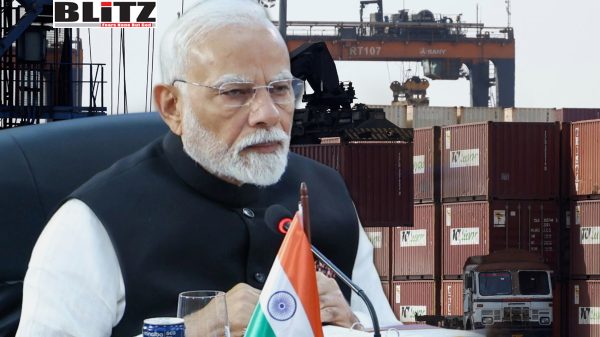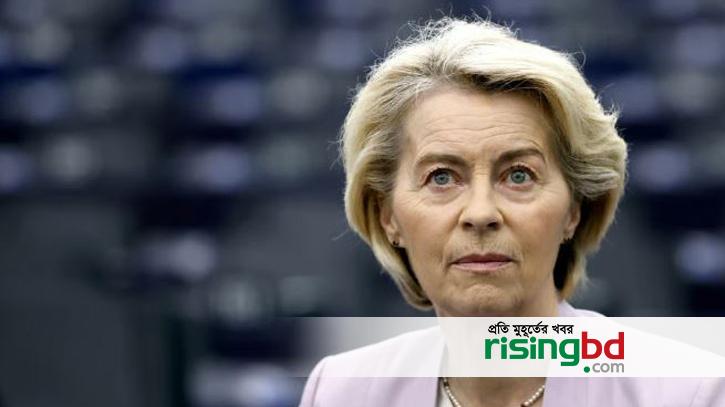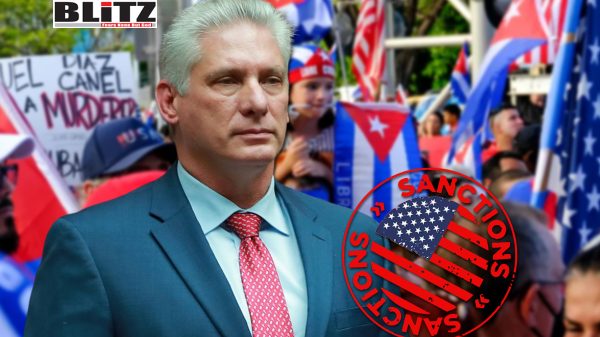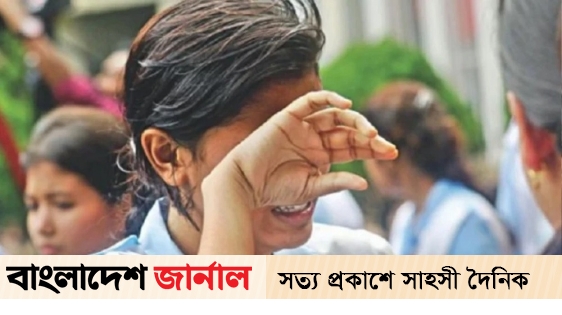In a sharp escalation of trade tensions, India has officially proposed retaliatory tariffs against the United States under the framework of the World Trade Organization (WTO), targeting $7.6 billion worth of American exports. The move, announced through a WTO notification circulated on July 9, is a direct response to what India has termed as unjustified “safeguard measures” initiated by US President Donald Trump’s administration – particularly tariffs on aluminum and steel imports.
The proposed retaliatory tariffs on India, which would see duties rise from 25% to 50% on a range of American products, represent a calibrated but firm pushback from New Delhi. India’s action reflects both a desire to protect its industrial interests and a broader frustration with the current state of global trade governance.
India’s WTO notification is clear in its intent: to recoup the financial harm caused by US tariffs that were first introduced in 2018 and dramatically increased in June 2025. These tariffs, part of Trump’s so-called “Liberation Day” declarations, hiked duties on imports of steel, aluminum, and derivative goods, raising them to a 50% ad valorem rate – a significant blow to Indian exporters.
According to the notification, these American measures would impact $7.6 billion in Indian exports annually, with an estimated $3.82 billion in additional duties collected from Indian goods. India’s proposal to impose “an equivalent amount” in retaliatory tariffs aligns with WTO provisions that allow member states to suspend concessions when they believe another member is in violation of trade agreements.
“India reserves its right to adjust the products and tariff rates,” the document states, leaving the door open for further escalation if US trade policy does not shift.
India’s move comes at a time when the WTO’s dispute resolution system – once the central pillar of global trade adjudication – is effectively non-functional. The appellate body, which reviews decisions made by WTO dispute panels, has been paralyzed since December 2019, largely due to US obstructionism.
Under Trump and continuing into the Biden and Harris administrations, the US has refused to approve new appointments to the appellate body, leaving it without the quorum needed to function. This has created a vacuum in trade enforcement, with countries increasingly taking unilateral action instead of seeking multilateral resolution.
Jayant Dasgupta, India’s former ambassador to the WTO, emphasized the resulting challenges. “The US has blocked appointments to the appellate body for a number of years, and by December 2019, the appellate body became non-functional,” he told CNBC. “Without this body, there is no effective mechanism to appeal decisions, which undermines the entire WTO dispute resolution process.”
In such a context, India’s decision to impose retaliatory tariffs – while technically within WTO bounds – reflects the broader breakdown in global trade diplomacy.
The retaliatory action also coincides with Indian Prime Minister Narendra Modi’s growing calls for the reform of global institutions. Speaking at the recent BRICS summit in Brazil, Modi criticized the outdated structures and limited representation in organizations such as the United Nations Security Council, the WTO, and global financial institutions.
“These institutions have failed to offer effective solutions to ongoing conflicts, the pandemic, economic crises, or new challenges in cyber and space,” Modi said. “It is time to reform institutions like the UN Security Council, the WTO, and multilateral development banks.”
India’s WTO notification, while narrowly focused on trade retaliation, thus becomes part of a larger campaign for institutional reform. As a rising power and key member of both BRICS and the G20, India has repeatedly argued that current global governance frameworks disproportionately benefit a handful of developed countries, particularly the United States and its Western allies.
Ironically, the imposition of retaliatory duties comes at a time when India and the US are actively negotiating a new bilateral trade agreement. For years, trade talks have struggled to produce meaningful outcomes, often stymied by disagreements over digital trade, agricultural subsidies, pharmaceutical pricing, and market access for dairy and medical devices.
Observers worry that India’s move could derail or at least complicate these efforts. However, Indian trade officials argue that the retaliatory tariffs are a legitimate response to US protectionism and do not preclude continued dialogue.
“India remains committed to a rules-based international trade order,” one Indian commerce ministry official told local media. “But we must also act in the national interest when faced with unjustified actions that damage our exporters and manufacturing sectors.”
The US Trade Representative’s office has yet to formally respond to the WTO filing, but previous US statements have defended the tariffs on national security grounds – a justification many WTO members, including India, reject as a misuse of the trade body’s rules.
India’s retaliatory response is not unique. Several countries – including China, the EU, Canada, and Turkey – had already imposed their own countermeasures against Trump-era tariffs during his first term. Many of those duties remain in place, a testament to the lingering effects of a global shift toward economic nationalism and protectionism.
What distinguishes India’s current response is its timing and political messaging. Coming just months after the return of Trump to the presidency, the tariff hike sends a clear signal that India will not quietly absorb the costs of “America First” policies without pushback.
India’s retaliatory tariffs against the US, justified under WTO provisions, reflect a dual reality: a deeply fractured global trade architecture and New Delhi’s growing willingness to assert itself in the face of perceived economic aggression. As global institutions like the WTO struggle to remain relevant, countries are increasingly resorting to unilateral actions – a dangerous trend that threatens to unravel decades of multilateral cooperation.
For India, the current moment is both a challenge and an opportunity – to protect its domestic interests while pushing for long-overdue reforms in the global economic order. Whether that effort will lead to meaningful change remains uncertain, especially as powerful nations continue to wield disproportionate influence and obstruct collective action. But one thing is clear: the age of quiet compliance is over.
Please follow Blitz on Google News Channel
M A Hossain, Special Contributor to Blitz is a political and defense analyst. He regularly writes for local and international newspapers.
india-hits-back-at-us-tariffs-escalates-trade-fight-via-wto















Leave a Reply